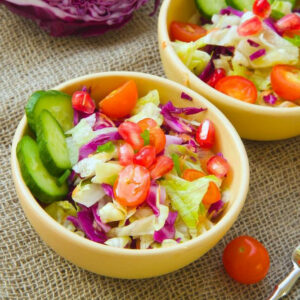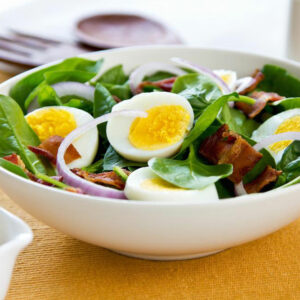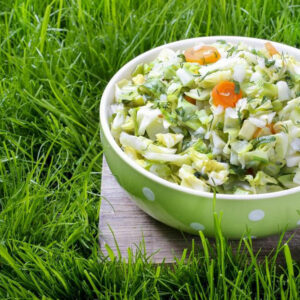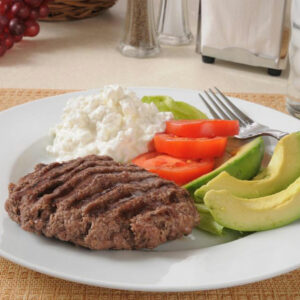
01
Pros and Cons of the 1200 Calorie Diet Plan
A significant statistic was recently released on the number of Americans suffering from diabetes or pre-diabetes. Over 100 million Americans are suffering from one of these two conditions and this number is only expected to rise with time. Processed food and junk food does us more harm than good and sadly, many people do not know their limits. If you continue to consume junk foods, it will lead to weight gain and you might suffer from either high blood pressure or high levels of sugar in the blood. Why suffer from these diseases in the first place when you can control what you eat? Living a life dependant on pills and medications is not appealing and hence exercising and following a proper diet is essential. Of the many diet plans available in the market today, the 1200 calorie diet plan is quite popular and with good reason. In this article, we will discuss the pros and cons of this diet plan and help you determine whether it is worth taking up or not. What is the 1200 calorie diet plan? The 1200 calorie diet plan is believed to be very effective when it comes to tackling weight loss. Our bodies require a certain amount of energy to function and in order to maintain a healthy look. We get this energy from the food items we eat and following an intake of just 1200 calories per day encourages the burning of stored fats in the body. Hence, this way, your body will lose weight while compensating for your limited calorie intake. While maintaining the requirement of nutrients, avoiding junk food and maintaining a lowered calorie intake, the body should respond well and help you achieve the weight you dream of. While this will take time, the method is spot on. The details of the 1200 calorie diet are given below:
Read More 










